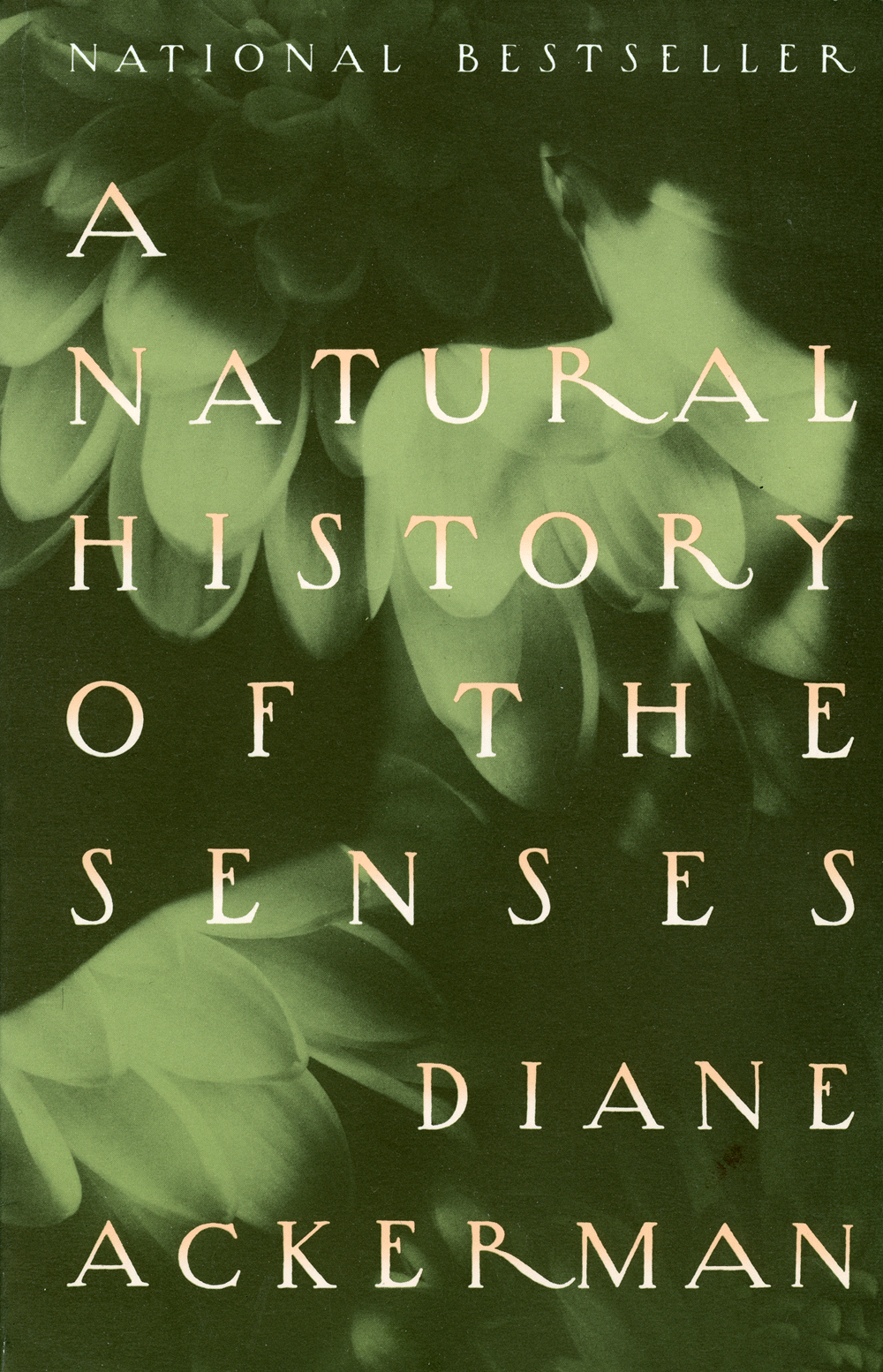One of my most recounted stories comes from Diane Ackerman’s A Natural History of the Senses. Whenever anyone mentions anything about a keen sense of smell, a perfume, or a familiar fragrance, I immediately launch into a diatribe describing the one thing I know about the fragrance industry. “Have you heard of IFF?” I begin.
Located in New York City, International Flavors and Fragrances Inc. is responsible for creating almost any manufactured smell you can think of. Expensive perfumes, scratch-and-sniff strips, kitty litter, an amusement park’s “cave” odor, the smell of the Samoa exhibit at the American Museum of Natural History—nearly any smell that can be bottled and sold, IFF makes. Because the company may make perfumes for Chanel but also for Dior, the formulae for fragrances are coded by numbers and guarded so closely that even the lab employees don’t know what they’re mixing. The only ones who do know are the creators themselves: the Noses. Part mad scientist, part visionary artist, composers for a veritable orchestra of smells, the Noses are responsible for inventing some scents that are so ubiquitous we don’t even realize we’re smelling them.
After I read A Natural History of the Senses, I had grand ambitions to be a Nose in my next life. Reading the rest of the book (and a few others, like The Moon by Whale Light), convinced me I’d much rather come back as Diane Ackerman. A naturalist and writer who has written for The New Yorker, Smithsonian, and National Geographic, among others, Ackerman’s fearlessness and taste for adventure comes through in her prose. Put simply, she’s a badass—and she writes gorgeously, with the precision of a poet and the inquisitiveness of a journalist. In Natural History alone, she travels to the Amazonian rain forest, a glacier in Antarctica, Africa, Asia, Europe, and a college town in Ohio; at one point she is piloting her own plane, at another she’s witnessing a rocket launch from Cape Canaveral or talking to an iceberg. Ackerman references everything from Thomas Carlyle to Paul Cezanne to John Berger, and often likes to pause to examine the linguistic implications of the subject she’s dipping into. “Our language is steeped in metaphors of touch,” she says, our emotions are “feelings,” we are “touched” when something moves us deeply, people can be “prickly” and situations can become “sticky.”
Through enchanting storytelling, Ackerman conducts a fascinating exploration of all five senses, gifts of nature that “define the edge of our consciousness.” Essentially, this is a book about living life sensuously and indulgently, and with enough awareness to “pause a moment and marvel.” Our senses crave novelty, Ackerman warns, the sweetest pleasures will lose their thrill if things stay static for too long. “We need to return to feeling the textures of life.”





